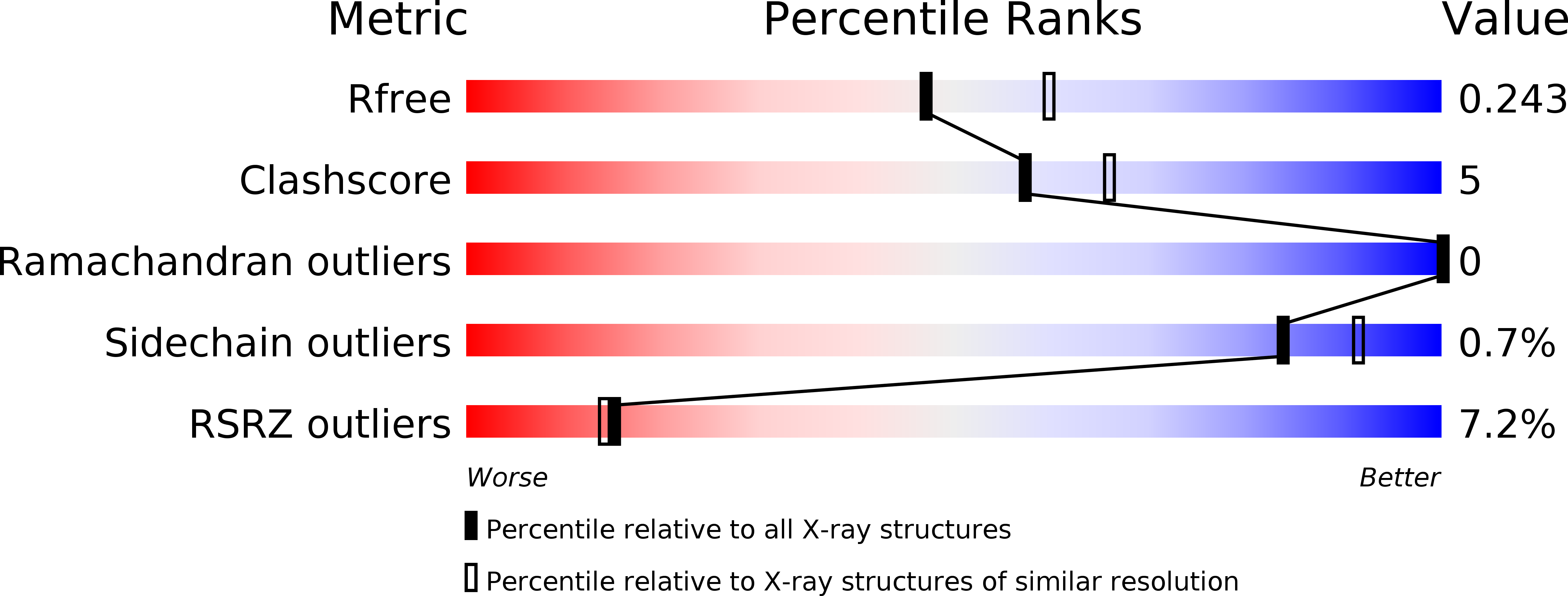
Deposition Date
2006-09-14
Release Date
2007-01-30
Last Version Date
2023-08-30
Entry Detail
PDB ID:
2IDC
Keywords:
Title:
Structure of the Histone H3-Asf1 Chaperone Interaction
Biological Source:
Source Organism:
Saccharomyces cerevisiae (Taxon ID: 559292)
Host Organism:
Method Details:
Experimental Method:
Resolution:
2.20 Å
R-Value Free:
0.23
R-Value Work:
0.19
R-Value Observed:
0.19
Space Group:
P 21 21 21


